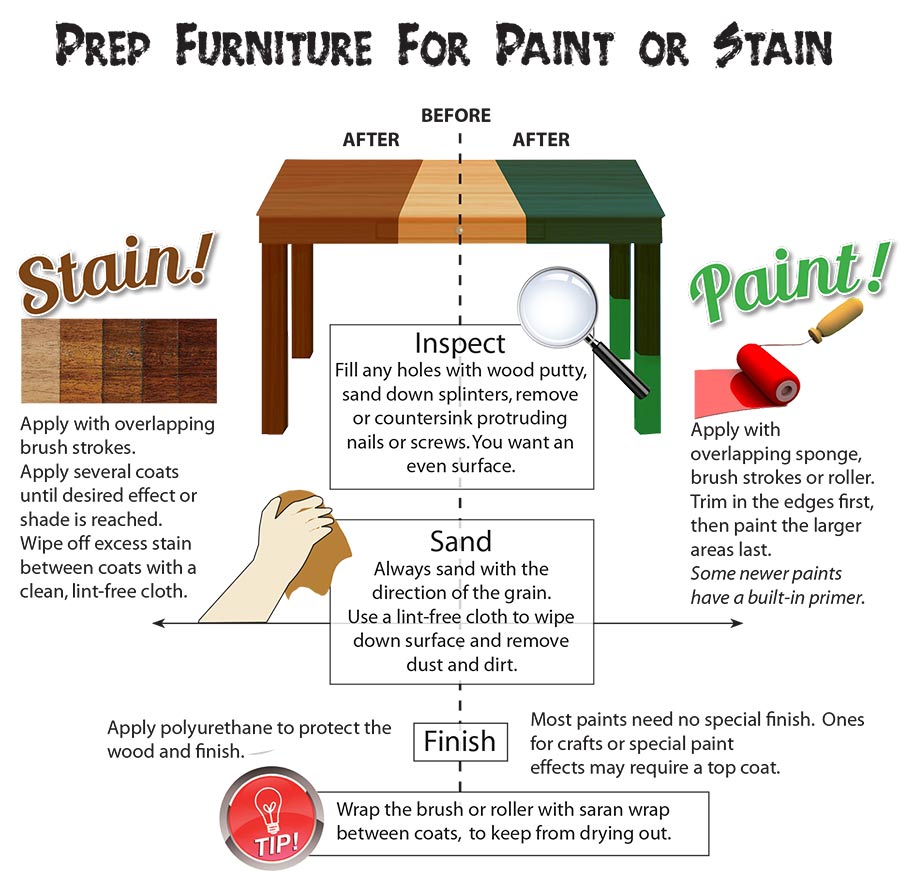Subject The Enthralling Experience Of Restoring Aged Cupboards, Introducing Unimaginable Stories And Opening The Tricks Of Antiquity
Subject The Enthralling Experience Of Restoring Aged Cupboards, Introducing Unimaginable Stories And Opening The Tricks Of Antiquity
Blog Article
Web Content Writer-Arildsen Wilkerson
To begin the journey of restoring antique closets, you require a keen eye for information. Envision discovering concealed secrets within each layer of history ingrained in the wood. Photo the satisfaction of revitalizing a once-forgotten item to its former splendor. Every action of this careful procedure holds the crucial to protecting the past while producing a future antique. So, are you all set to embark on this transformative undertaking and unlock the capacity of your antique cabinets?
Analyzing the Cabinet's Problem
When beginning the reconstruction procedure, begin by analyzing the condition of the antique closet. Thoroughly examine the total framework for any indications of damage such as splits, chips, or loosened joints. Inspect the timber for any kind of rot, bending, or insect invasion that may have happened gradually. It's critical to determine the extent of the repair required before proceeding further.
Next off, inspect the cabinet's equipment such as joints, knobs, and locks. Make note of any kind of missing pieces or components that need fixing or replacement. Make certain that all hardware is functioning correctly and firmly attached to the cupboard.
Additionally, examine the closet's finish. Try to find any kind of scratches, discolorations, or staining that might impact the aesthetic charm. Identify if bathroom and kitchen remodel requires to be removed and reapplied or if a basic touch-up will certainly be enough.
Collecting the Needed Devices and Materials
After assessing the condition of the antique cabinet, the next action is to collect the required devices and materials for the restoration procedure. Before you begin, ensure you have the complying with things accessible:
- timber cleaner
- sandpaper in various grits
- timber filler
- paint or timber stain
- brushes
- handwear covers
- safety goggles
- a dirt mask
- a ground cloth
- a putty blade
- a hammer
- a screwdriver
- a hoover
These tools and products are necessary for a successful repair.
https://average-home-inspection-c65320.mybuzzblog.com/7354757/sharpen-your-abilities-in-cupboard-maintenance-by-adhering-to-these-5-essential-standards-to-secure-the-lasting-beauty-and-efficiency-of-your-bespoke-cupboards is important for getting rid of years of dirt and gunk build-up, preparing the surface for sanding. Sandpaper of different grits aids in smoothing out blemishes and preparing the timber for a brand-new coating. Wood filler comes in handy for fixing any kind of fractures, holes, or dents present in the cabinet.
contemporary cabinet styles or timber stain, along with brushes, permit you to tailor the cupboard to your choice. Remember to use gloves, safety and security goggles, and a dust mask for security. Put down a ground cloth to protect your work area, and make use of a vacuum cleaner to clean up any kind of particles.
With these devices and materials collected, you prepare to begin the reconstruction process.
Implementing the Restoration Process
To effectively execute the remediation process on your antique cupboard, begin by thoroughly cleansing the surface area with the wood cleaner. This step is critical as it assists remove years of dirt, crud, and old gloss that may have gathered on the surface.
As soon as the cabinet is clean and completely dry, evaluate the problem of the wood. Search for any fractures, scrapes, or other problems that need to be attended to. Use wood filler to repair any type of blemishes, making sure to match the filler color to the timber tone for a smooth surface.
After the fixings have actually dried out, gently sand the entire surface area to develop a smooth and even base for the new finish. Beware not to sand also aggressively, as you do not intend to harm the wood below.
When the sanding is full, apply a timber stain or complete of your choice, adhering to the manufacturer's instructions. Enable the coating to dry completely prior to applying a protective top layer to make certain the longevity of your recovered antique cabinet.
Final thought
Since you have completed the restoration procedure, your antique cupboard looks like new.
By complying with the detailed overview, you were able to assess, fix, and enhance its condition effortlessly.
With a fresh finish and protective top layer, your cherished item will remain to radiate for several years to find.
Take pleasure in the beauty of your brought back antique cabinet!
